Enter a surname, town name or other keyword to search the database. Remember to
allow for the different spellings of 'Mc' and 'Mac.' Good luck!
{Search tips: Use single word search terms for more results}
You must enter some valid character(s) into the search field
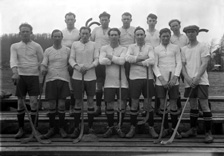
Reference: H-0191
Shinty team group portrait. #...
|
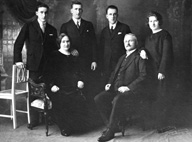
Reference: 28531a
Group portrait copy, September...
|
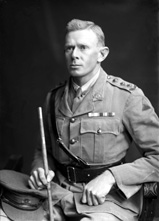
Reference: 22097c
Australian ANZAC soldier, a ca...
|
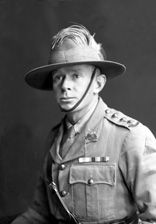
Reference: 22097b
Australian ANZAC soldier, a ca...
|
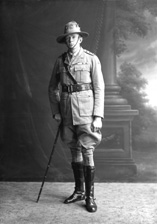
Reference: 22097a
Australian ANZAC soldier, a ca...
|

Reference: 230b
Portrait. #...
|

Reference: 230a
Francis James Chalmers (1881-1...
|

Reference: 23286
The Ferry Omnibus. Owned by Mr...
|
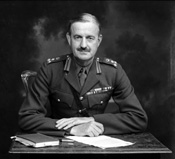
Reference: 46461f
Brigadier (later General) Sir ...
|
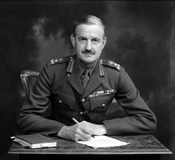
Reference: 46461e
Brigadier (later General) Sir ...
|
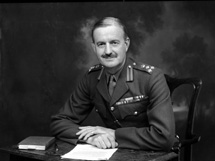
Reference: 46461d
Brigadier (later General) Sir ...
|
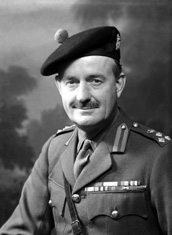
Reference: 46461c
Brigadier (later General) Sir ...
|